Subscribe to our ▶️ YouTube channel 🔴 for the latest videos, updates, and tips.
Figure on Same Base and between Same Parallels
Here we will learn about the
figure on same base and between same parallels. We know the measure of the
plane region enclose by a closed figure is called its area.
Two geometric figures are said to be on the same base and between the same parallels, if they have a common side as base and vertices opposite to the common base lie on the line parallel to the base.
|
Trapezium ABCD and parallelogram EFCD have a common side DC. We say that trapezium ABCD and parallelogram EFCD are on the same base DC. |
|
Parallelograms ABCD and EFCD are on the same base DC. | |
|
Triangles ABC and DBC are on the same base BC. |
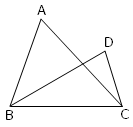 |
|
Parallelograms ABCD and triangle EFCD are on the same base DC. |
Solved example for the figure on same base and between same parallels:
1. Here ∆ABC and ∆DBC have the same base BC and are between the same parallel ‘p’ and BC.
Base and altitude of the figure
Base: Any side of the figure is called the base.
Altitude: A line segment joining the vertex and perpendicular to the opposite side is called the altitude.
2. ABC is right angled at B with BC = 6 cm and AC = 10 cm. also ∆ABC and ∆BCD are on the same base BC. Find the area of ∆BCD.
Solution:
In right angled ∆ ABC, AC = 10 cm and BC = 6 cm. using Pythagoras theorem, we get
AC2 = AB2 + BC2102 = x2 + 62
⇒ x2 = 102 – 62
⇒ x2 = 100 – 36
⇒ x2 = 64
⇒ x = √64
⇒ x = √(8 × 8)
⇒ x = 8 cm
Now, since ∆ ABC and ∆BCD are on the same base BC.
Therefore, area of ∆ ABC = Area of ∆BCD
⇒ 1/2 × base × height = Area of ∆BCD
⇒ 1/2 × 6 × 8 = Area of ∆BCD
Therefore, area of ∆BCD = 6 × 4 cm2= 24 cm2
Figure on Same Base and between Same Parallels
Parallelograms on Same Base and between Same Parallels
Parallelograms and Rectangles on Same Base and between Same Parallels
Triangle and Parallelogram on Same Base and between Same Parallels
Triangle on Same Base and between Same Parallels
8th Grade Math Practice
From Figure on Same Base and between Same Parallels to HOME PAGE
Didn't find what you were looking for? Or want to know more information about Math Only Math. Use this Google Search to find what you need.
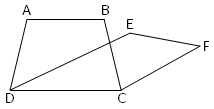
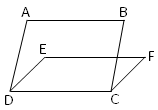
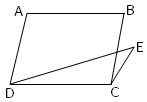
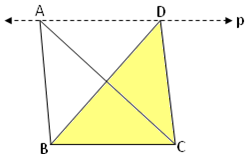
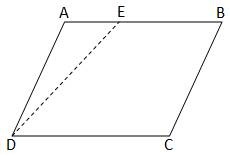


New! Comments
Have your say about what you just read! Leave me a comment in the box below. Ask a Question or Answer a Question.